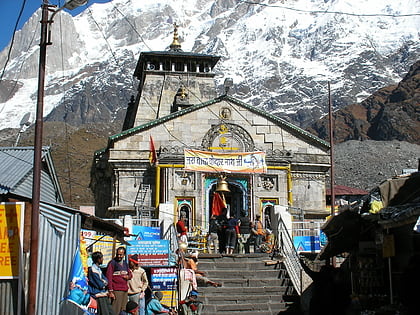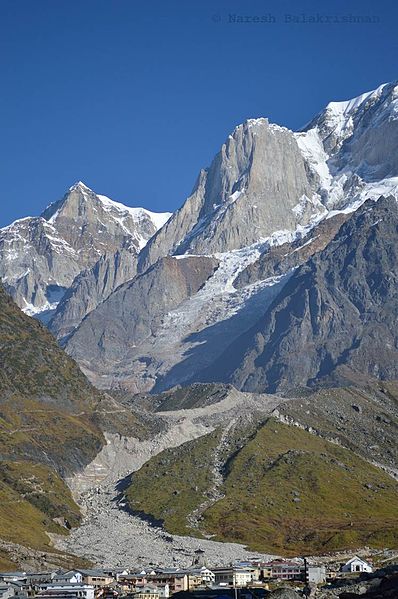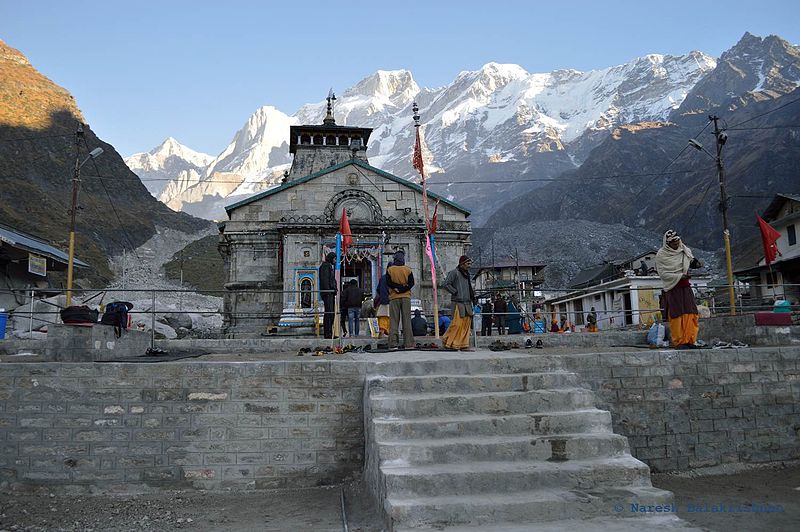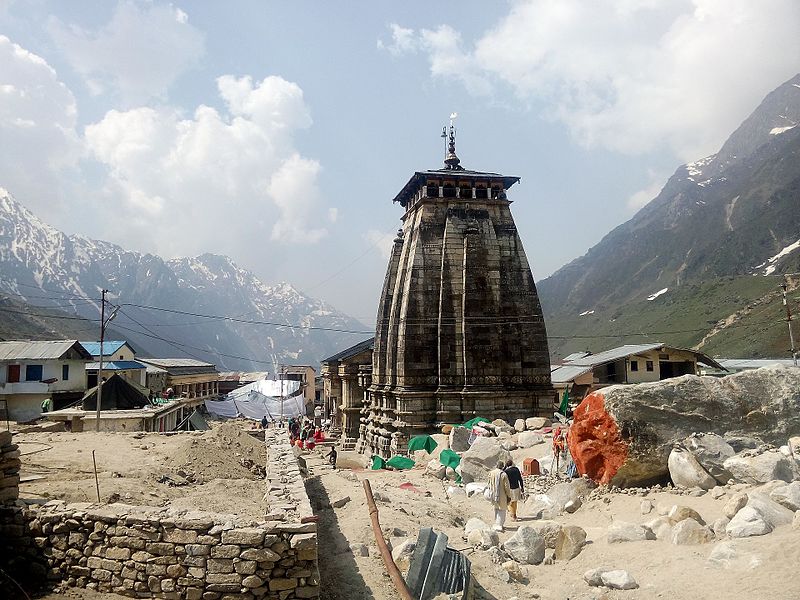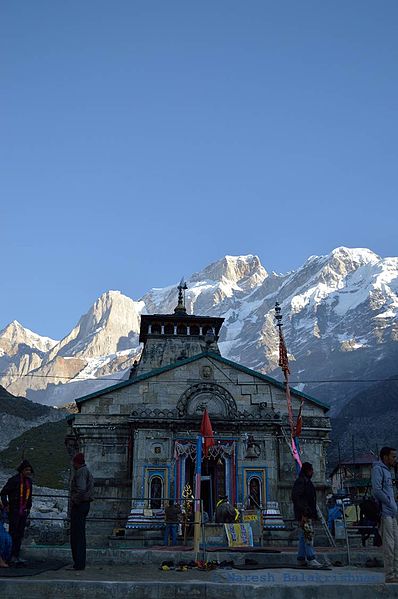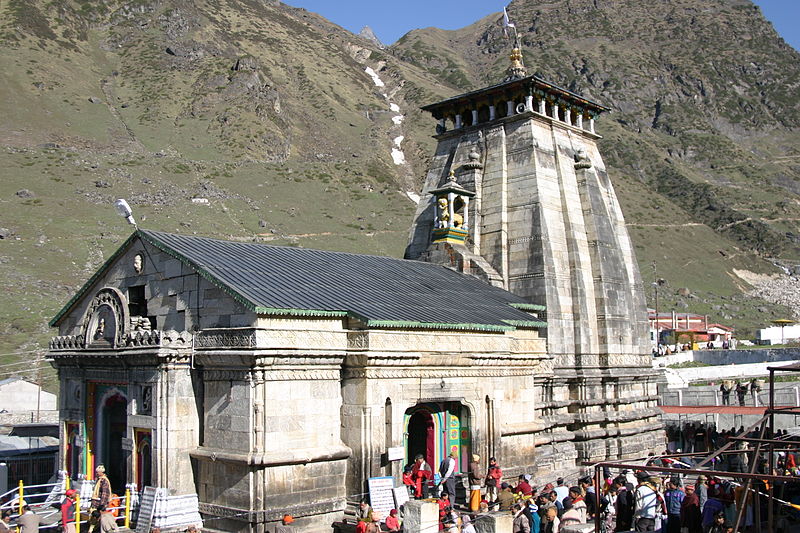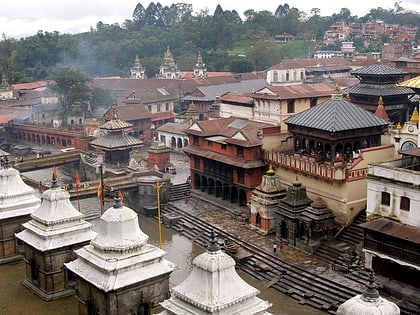Kedarnath Temple, Kedarnath
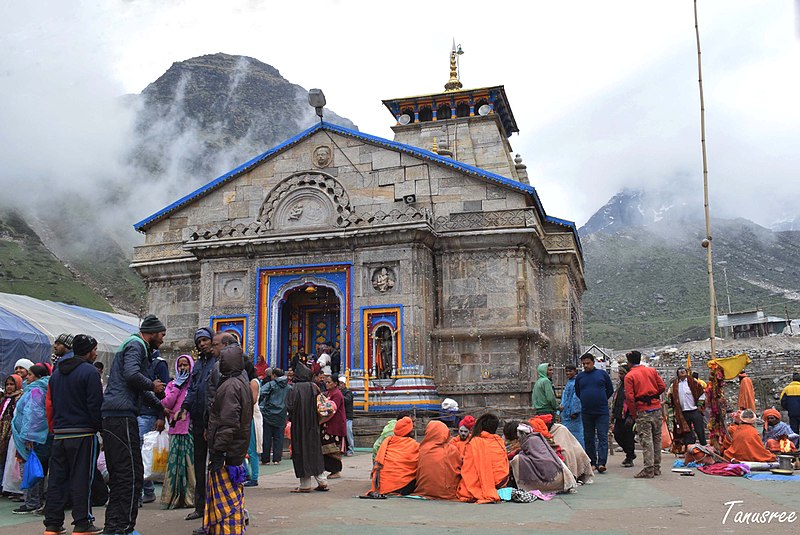
Facts and practical information
Nestled amidst the majestic snow-capped peaks of the Himalayas, the ancient Kedarnath Temple stands as a revered site for Hindu pilgrims around the world. This sacred temple, dedicated to Lord Shiva, is located in the small township of Kedarnath in the Indian state of Uttarakhand. It is not only a testament to spiritual devotion but also an architectural marvel, having withstood the test of time and the elements.
Perched at an altitude of approximately 3,583 meters above sea level, the Kedarnath Temple is one of the four major sites in India's Chota Char Dham pilgrimage circuit. The temple's origins date back to over a thousand years, with its construction attributed to the great Hindu philosopher Adi Shankaracharya. It embodies a classic style of Himalayan temple architecture, with its stone facade and intricate carvings that speak of ancient craftsmanship.
Due to the extreme weather conditions and its high altitude location, the temple is open to pilgrims only between the end of April and the beginning of November. The rest of the year, the temple remains closed due to heavy snowfall and treacherous paths. The journey to Kedarnath involves a challenging trek of approximately 16 kilometers from Gaurikund, which can be undertaken on foot or by pony services available for hire.
For the average tourist, visiting Kedarnath Temple is not only a religious journey but also an opportunity to witness the unparalleled beauty of the Himalayas. The temple's serene environment and the surrounding landscape offer a peaceful retreat from the bustling city life. Pilgrims and tourists alike are often found soaking in the tranquility and paying homage to Lord Shiva.
Visitors should be prepared for the high altitude and cold weather, even during the summer months. Warm clothing, sturdy trekking shoes, and a good level of physical fitness are essential for anyone planning to visit the temple. Accommodation options in Kedarnath are limited, so it is advisable to book in advance, especially during the peak pilgrimage season.
The Kedarnath Temple is not just a place of worship but also a symbol of resilience. It survived a devastating flood in 2013, which caused significant destruction in the region. The temple's survival amidst such calamity has only added to its sanctity and the faith of its devotees.
Kedarnath Temple – popular in the area (distance from the attraction)
Nearby attractions include: Kharchakund, Panch Kedar, Chota Char Dham, Chorabari Glacier.
